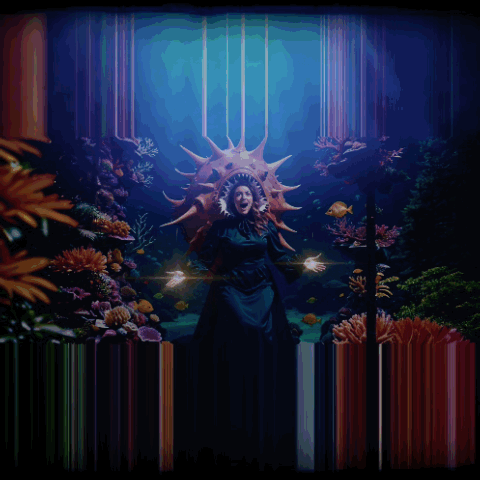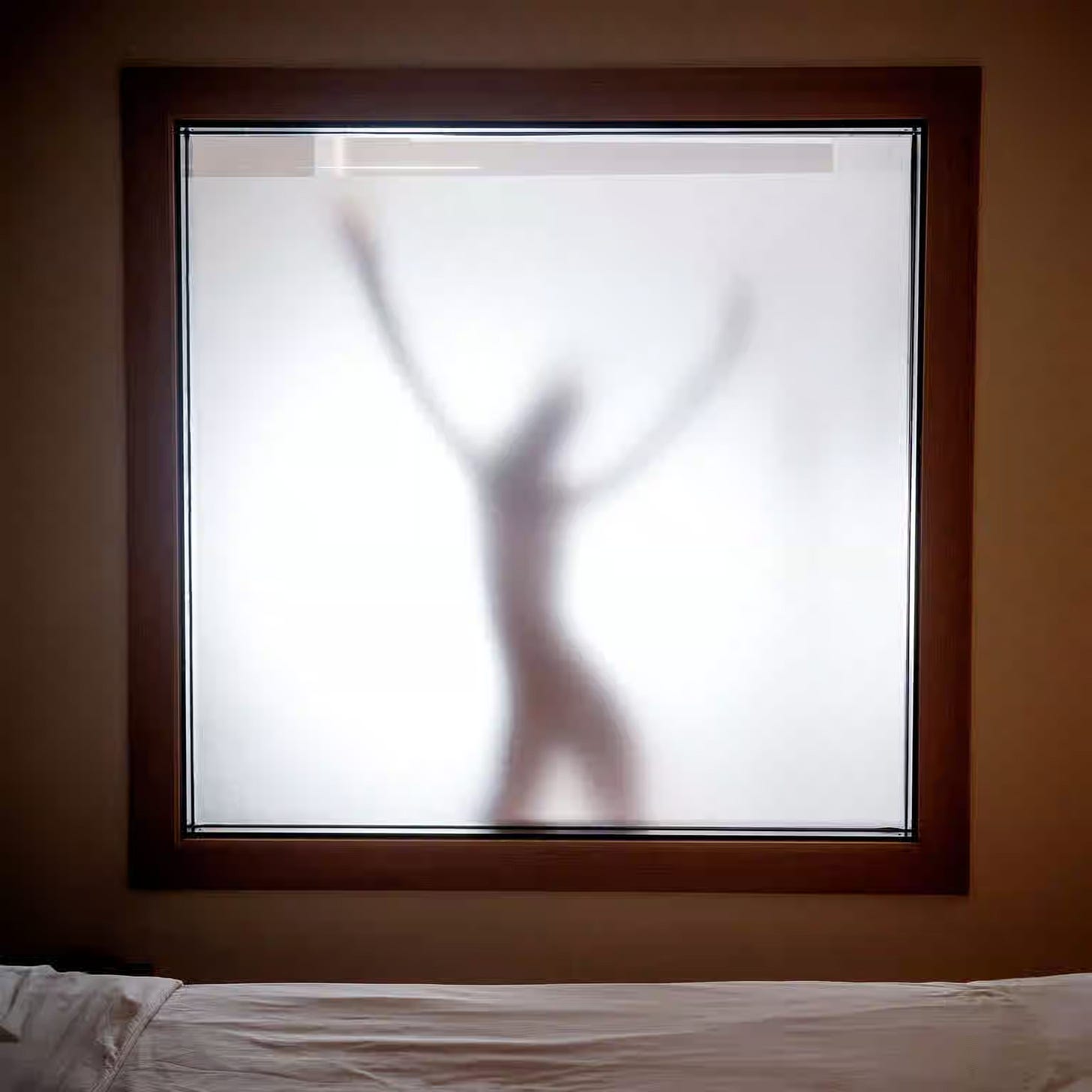Weird, Wonderful, and Working
How to find and fund creative breakthroughs before they happen.
Artizen invests in breakthroughs. But how do you spot one? What are the early signs of life — the tiny sparks that might turn into a blaze, the glitches in the matrix, the first hints of undiscovered land? After funding thousands of projects, we’ve learned that real breakthroughs — in art, science, or technology — always share three traits.
They’re weird.
They’re wonderful.
And they’re working.
That’s it. These three signals outperform résumés, credentials, and hype.
Weird
Breakthrough ideas never look normal at the start. They look off-beat, mismatched, slightly out of place. Embrace weird. It is a feature, not a bug. If your project feels hard to categorize — if people hear it, understand it, and then tilt their heads and lean in — that’s the signal. Not confusion. Curiosity.
The kind of weird that makes people say, “Wait… tell me more.”
Weird means original.
Weird means unclaimed territory.
Weird is where the frontier lives.
And one of the clearest examples on Artizen is iContact, the opera.
At first, it sounds simple: an opera about our evolving relationship with technology — the way it merges with us, mirrors us, and reshapes how we relate to each other and the natural world.
Clear. Understandable. Just weird enough to earn a second question.
Ok… tell me more?
Well, iContact asks what happens when technology isn’t something we hold in our hands, but something that presses back — like a robotic pet that learns your rhythms, or a digital spirit that behaves more like weather than software.
But what does that actually mean?
The opera answers by blurring the boundaries between bodies — human bodies, creature bodies, ecological bodies, robotic bodies — through sculptural fashion, projection-mapped environments, and experimental sound. Performers shift between forms. Audiences get pulled into inclusive choreography and collaborative arias.
And then you realize, this isn’t just an opera at all. It’s a tactile, immersive, ceremonial experiment about where technology ends and we begin.
That’s the right kind of weird.
Simple at first glance.
Stranger and more magical the closer you look.
Wonderful
Great projects spark something deep — a feeling that catches you in the chest. A widening of the world. A reminder that beauty and purpose still matter. Wonderful doesn’t demand attention; it invites it.
It carries a quiet truth you can feel before you can explain.
A perfect example is The FutureZoo, an immersive sanctuary where people reconnect with the natural world through virtual, augmented, and mixed reality.
FutureZoo is inventing a new kind of wildlife experience. Their team is building hyper-real digital twins of animals — not just how they look, but how they move, think, and behave. Using advanced simulation and AI-driven instincts, these creatures respond to you the way their real counterparts would in the wild.
They watch you.
They react.
They decide.
They feel alive.
You walk through forests of light, tidal shallows, and shifting ecosystems recreated with such fidelity that your body believes you’re there. It’s the awe of a David Attenborough documentary, but wrapped around you — intimate, immediate, and safe for every species involved.
This is beauty in service of something bigger.
Instead of caging animals for our entertainment, FutureZoo protects them — while giving humans a deeper, more meaningful connection to the wild than any traditional zoo could offer. It replaces harm with wonder. It turns empathy into an experience you can step inside.
Gentle. Ambitious. Transformative. That’s the right kind of wonderful: a project that fills you with awe — and leaves you caring more than you did before.
Working
Breakthroughs start messy, but they move. They gather momentum. They gather fans. They ship new code. They produce artifacts — things you can actually listen to, touch, or test. “Working” is not perfection. It’s evidence. Signs of life. Signals that the idea is becoming real.
One project that shows this beautifully is Mirroring by Summer Krinsky.
Summer is a rare combination — composer, performer, and engineer — now exploring the frontier of AI and music at Stanford. Her idea is ambitious: to build a machine-learning model trained on her entire musical history, then co-write an album with this “mirror” of herself. Not AI replacing the artist, but artist and algorithm learning from each other, shaping each other, and composing something new together, something neither could make alone.
Big idea.
Easy to dismiss.
Until you hear it working.
Every week she pushes fresh code to GitHub. She tests melodies with live audiences. She shares early tracks generated by the system — and they’re stunning. You can hear her progress. You can feel the momentum.
Her fans — myself included — are leaning in.
And beneath the album is something larger: a new way for people to make music. A new instrument. A breakthrough that changes how people compose and collaborate with AI.
Where breakthroughs live
These three signals — weird, wonderful, and working — are the clearest pattern we’ve seen after watching thousands of creators push the frontier forward.
Because that’s where breakthroughs come from.
If your work lives at the frontier — strange, beautiful, and in motion — you’re in the right place.
Love,
René Pinnell
Founder of Artizen








